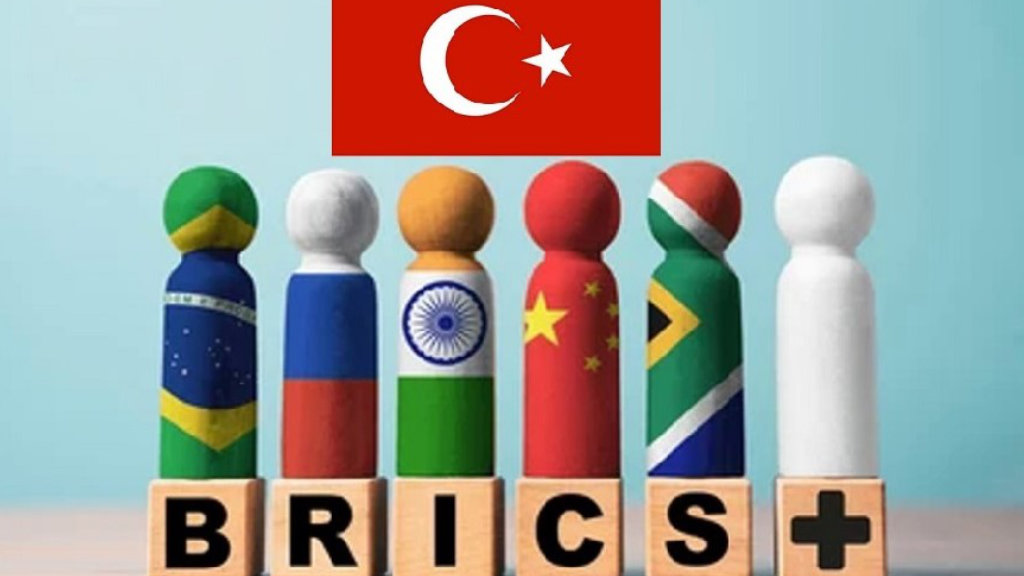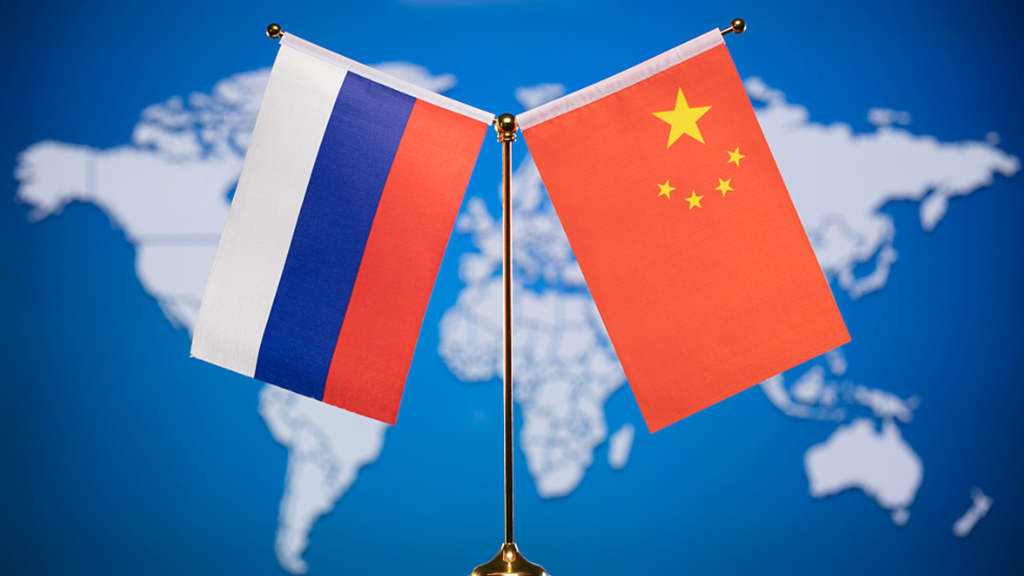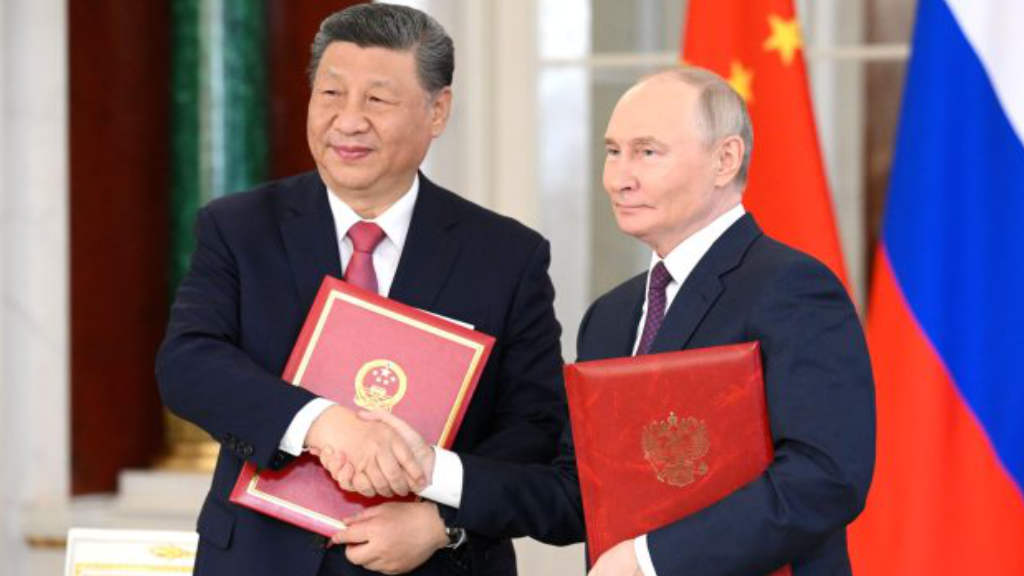Turkiye is to discuss BRICS membership next week. We detail Turkiye’s trade with the bloc.
October 25 Update: Turkiye has now been granted ‘BRICS Partner’ status. See more here.
Over the past two years, Turkiye’s trade figures with most of the eleven BRICS members have shown significant growth. Now, Turkish Foreign Minister Hakan Fidan has stated that Ankara intends to discuss the issue during the upcoming Ministerial level BRICS meeting next week in Nizhny Novgorod.
Getting access to the BRICS New Development Bank (NDB) funding may also prove attractive for Ankara. The Turkish President Recep Erdogan expressed interest in the BRICS group back in July 2018, when he surprised Turkiye’s Western allies by attending a summit of BRICS, which took place at the time in Johannesburg. Since then, the space has been quiet, with no further Turkish officials being seen at BRICS events. However, this may mask real intent – the COVID pandemic disrupted global meetings while Erdogan himself had serious economic issues – and still does – to contend with back home. Then there has been the Ukraine conflict, while Erdogan also had to fight a tough Presidential election campaign in 2023.
Nevertheless, a Turkish element to the BRICS potentially appears on the cards. A strong Islamic bloc within BRICS is beginning to emerge, with Egypt, Ethiopia and the UAE all taking up membership in January 2024. Erdogan will not want Turkiye left out of that influential group.
Meanwhile, with Turkiye’s economy needing export assistance and investment, he agreed a US$5 billion deposit into Turkiye’s Central bank with Saudi Arabia – another BRICS candidate – in March 2023, and undertook a mini-Middle Eastern fund-raising tour in July last year to seek capital financing for a variety of projects. It worked – he signed over US$50 billion worth of agreements with the UAE, and a further US$9.9 billion worth of investments with Qatar. Erdogan therefore is on the lookout for financing – and access to the BRICS New Development Bank could well be on the agenda.
Turkiye has also made it clear it wants to boost its exports – it introduced significant export promotional incentives for Turkish exporters earlier this year. With the new BRICS having considerable influence over their respective regional free trade agreements, Turkiye will be eyeing those as potential new development markets.
We can take a quick look at Turkiye’s trade with each of the BRICS countries as follows (2022 data is the latest currently available):
Turkiye – Brazil
2022 bilateral trade reached a record high of US$6 billion, up from US$4.6 billion in 2021.
Turkiye – China
2022 bilateral trade reached US$38.55 billion, up from US$31.6 billion in 2021. 85% of this trade is Chinese exports. China has pledged to increase Turkish imports and to allow import payments from China in Turkish lira.
Turkiye – Egypt
Bilateral trade reached US$7.7 billion in 2022, a 14% increase from the year before.
Turkiye – Ethiopia
Trade has remained static at about the US$400 million level the past three years. 2/3 of this are Turkish exports.
Turkiye – India
Bilateral trade grew to US$10.71 billion in 2022 from US$7.08 billion in 2021.
Turkiye – Iran
Bilateral trade with Iran rose 19% in 2022 to reach US$12.7 billion.
Turkiye – Russia
In 2022, trade between Turkiye and Russia reached US$62 billion, an increase from US$33 billion in 2021.
Turkiye – South Africa
Bilateral trade with South Africa reached US$1.837 billion in 2022, an increase from US$1.404 billion in 2021. Turkiye’s overall trade with the African continent increased from US$25 billion in 2020 to US$34 billion in 2021.
Turkiye – United Arab Emirates
In 2022, Turkiye was the fastest-growing of the UAE’s trading partners, with non-oil trade climbing 40% to US$18.9 billion. With the implementation of the mutual CEPA trade agreement, bilateral trade is expected to reach US$40 billion by 2027.
As can be seen, Turkiye’s trade dynamics with each of the BRICS countries (with the sole exception of Ethiopia) is highly positive. It would appear to be a commonsense trade and investment move to cement that by becoming an official BRICS member state – something that could be announced at this year’s BRICS summit in October.
This would, as mentioned, also potentially free up investment capital into Turkiye via the New Development Bank – another much-needed boost for its economic and foreign investment needs. There are other subtle pointers ahead. With the 2024 BRICS summit being held in Kazan, the capital of Russia’s Tatarstan republic, there are underlying implications.
About 50% of Kazan’s population are ethnically Turkic, with Tatarstan attracting about 25% of all Turkish investment into Russia. At that event, Putin will also be unveiling the new high-speed Moscow-Kazan railway – which travels at 400kph and reduces the travelling time between the cities from 12 to 3.5 hours. That was built in conjunction with Chinese investment and technologies. Ankara is likely to want to increase all these trade and investment ties, and adds the interesting component point of a NATO member joining the BRICS instead of the European Union.
Further Reading
Russia-Turkiye 2024 Trade & Development
This subject is extensively discussed in our 2024 Russia’s Pivot To Asia guide. That is a complimentary download and can be accessed in English here and in Russian here.





